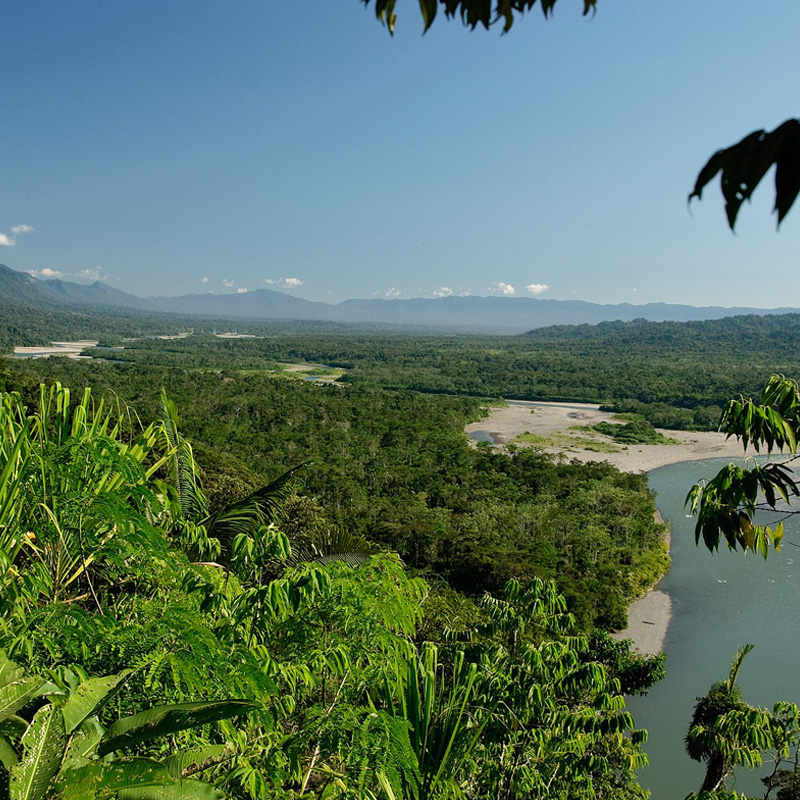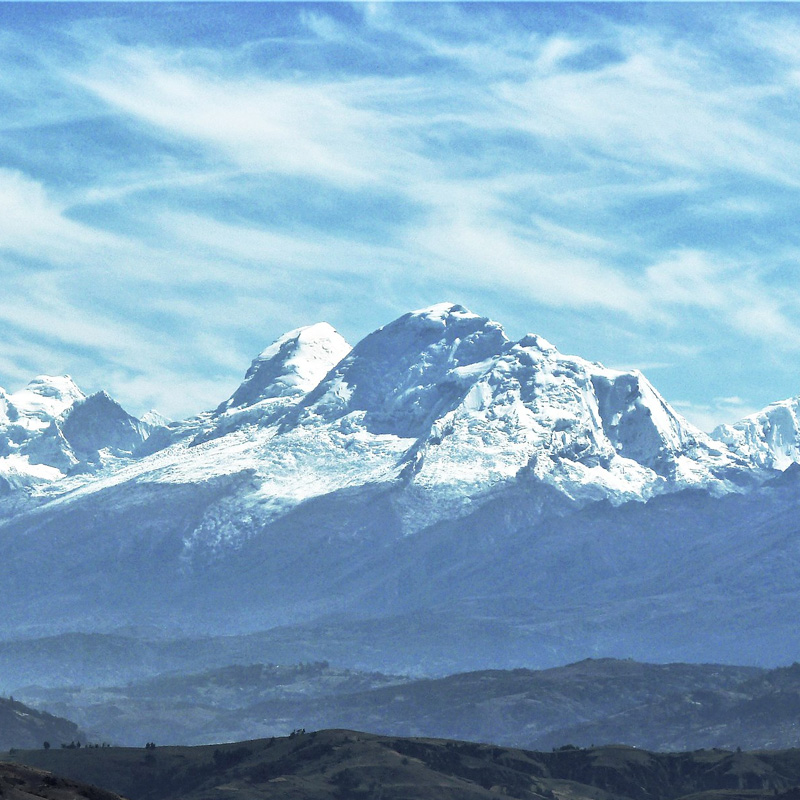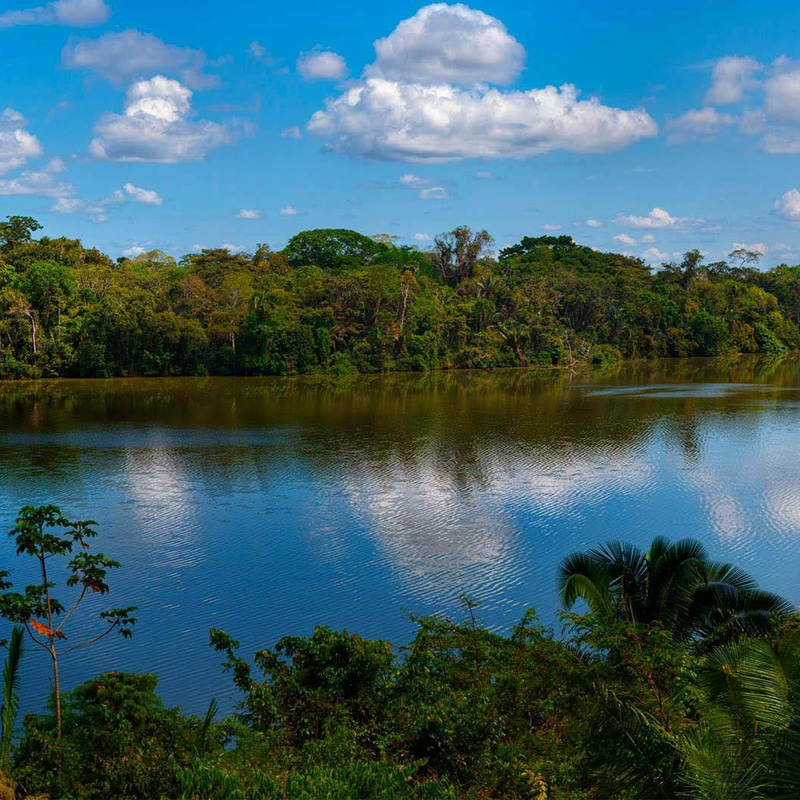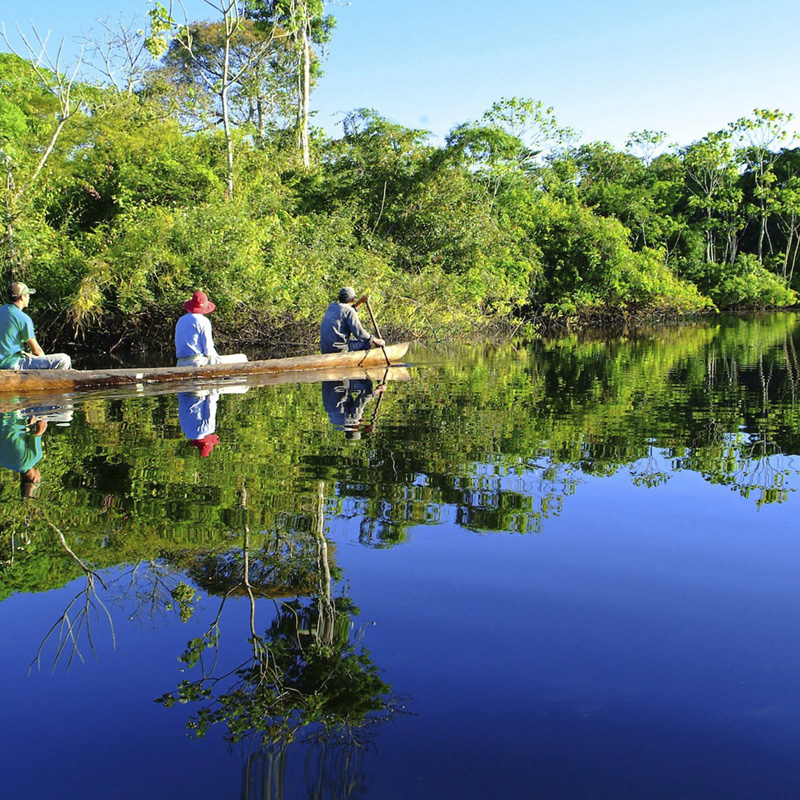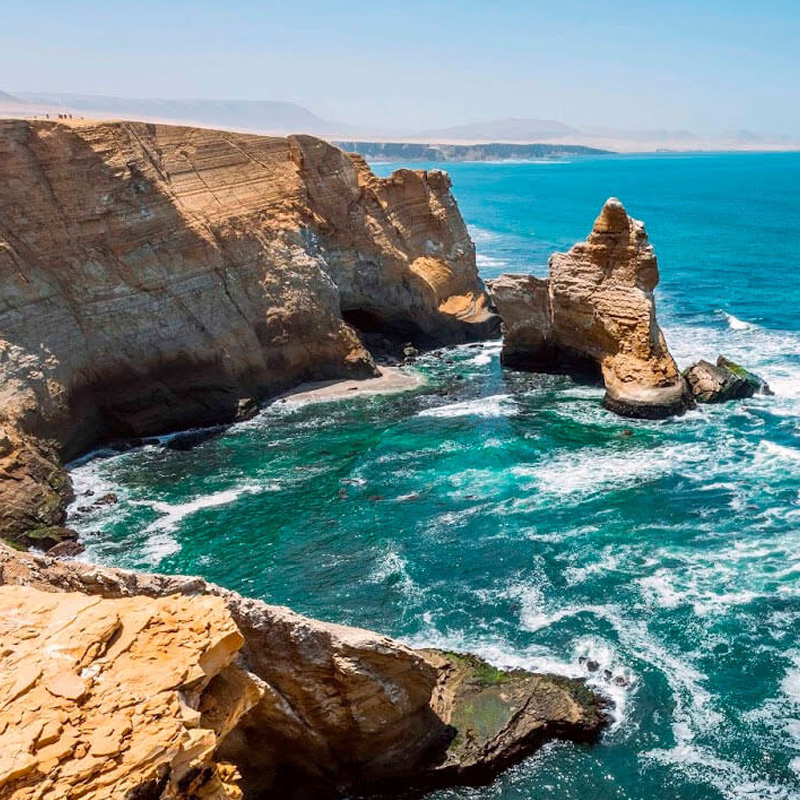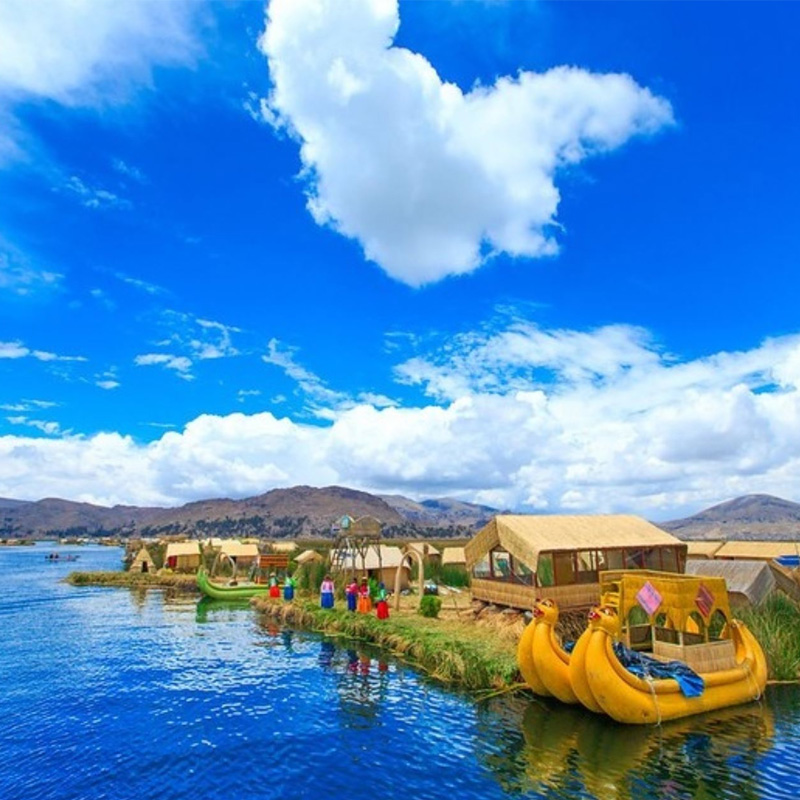Ecotourism in Peru: Nature at Its Best
Peru is a true paradise for ecotourism enthusiasts, home to 84 of the world’s 104 ecosystems and an astonishing biodiversity. Its unique geography, stretching from the coast to the Amazon, allows travelers to explore unparalleled landscapes and witness some of the most diverse flora and fauna on the planet.
A Sanctuary of Wildlife
🦜 Incredible Biodiversity – Peru is home to 10% of the world’s mammals and reptiles, over 20% of the world’s bird species, and between 40,000 and 50,000 species of vascular plants, many still unclassified.
🦋 Extraordinary Insects – In a single tree in the Tambopata rainforest, scientists have identified more than 5,000 different insect species.
Must-Visit Natural Destinations
🌊 Paracas National Reserve – A marine wildlife refuge where sea lions, Humboldt penguins, and migratory birds thrive in a unique coastal ecosystem. It also hides archaeological remnants of ancient pre-Hispanic cultures.
🏔 Cordillera Blanca and Huascarán Mountain – Home to the highest tropical peaks in the world, this destination is perfect for hiking and climbing, featuring breathtaking glaciers and dreamlike landscapes.
🌿 Manu and Pacaya-Samiria Reserves – Hidden deep in the Amazon, these biodiversity sanctuaries are home to macaws, caimans, pink dolphins, and secret waterfalls.
Discover the Natural Wonders of Peru
From coastal deserts to the heart of the Amazon, Peru offers unmatched experiences for those seeking adventure, conservation, and a deep connection with nature.
🌍 Explore, discover, and marvel at Peru’s natural wonders!
